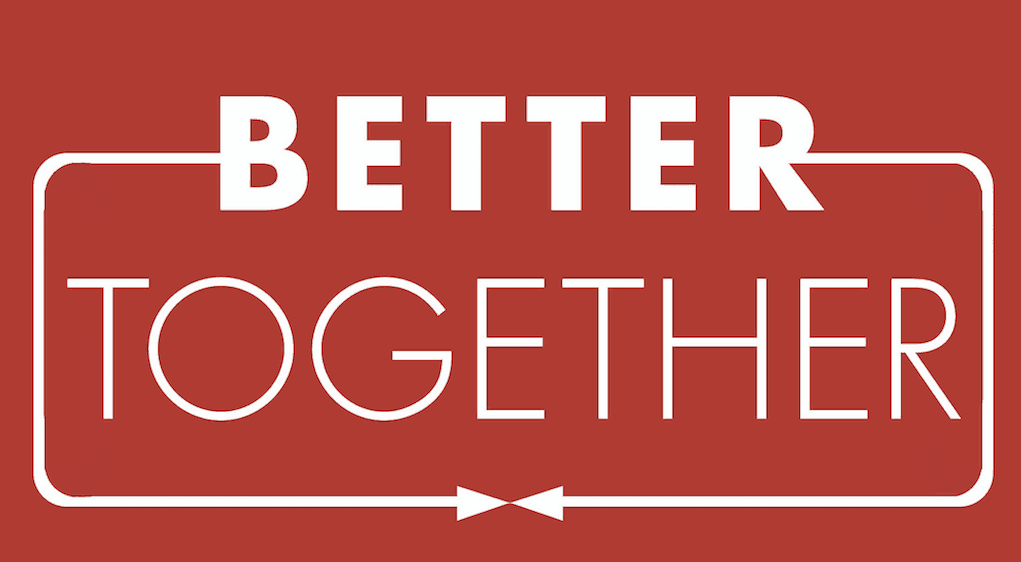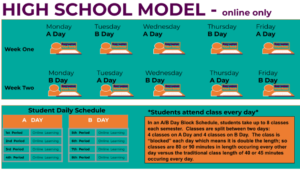Better Together: Why Networks Are the Future of Learning

The new thing in education is working in networks. And there’s good reason because the demands of the work have outstripped the toolset. We’ve (probably) reached a point of maximum complexity where more teachers are shooting for broader aims but with old constraints and inadequate tools and supports. The answer is working together in informal and formal networks.
The global momentum around deeper project-based learning is undeniable. The widespread attention being paid to social and emotional skills is encouraging and productive. More youth are gaining access to powerful learning in and out of school.
The problem is, this stuff is hard. And, for the most part, we’re all making it up on the fly. Requiring (and even allowing) individual teachers and schools to develop new learning models is a lousy way to do R&D. We can’t and shouldn’t rely on individual teachers building and delivering lessons for diverse groups of learners. If willing and able (and well supported), that’s great, but let’s leverage their work across 100 or 1,000 classrooms.
The Right Network for the Job
There are lots of different ways educators and schools work together. They generally range from informal collaborations between educators to the formal governance structures of managed networks (like charter management organizations, CMOs).
Professional learning communities (PLC) are an increasingly common way to productively structure collaboration between educators within and between schools (see Tim Stuart’s new book for more).
Leadership networks (PLCs for superintendents) can be an efficient R&D collaboration. Examples include the 3,200 superintendents that have joined Future Ready Schools and the 200 districts that belong to the League of Innovative Schools.
While these can be effective models of collaboration, they may not produce a network effect where value improves with scale–where each new member contributes value and has an improved user experience.
As Seth Godin said, “An ideal project is one where the users are better off if others are using it too.” Think telephone and messaging systems, or social media and dating platforms.
Voluntary school networks that share a learning model, a platform, and professional learning experiences have the best chance at getting better as they get bigger. Examples include the 200 school New Tech Network or the 644 career academies that belong to NAF.
Teachers in New Tech Network schools share a big project library. They can adopt or adapt the work of other teachers and contribute back to the platform
Curriculum networks like Project Lead The Way and AVID are partial school models that share online resources and learning experiences with some opportunity to contribute to the network.
Five Network Functions
There are five key functions that school networks play.
1. Capacity building. PLCs and leadership networks build educator capacity.
2. Innovation bundle. Platform networks and most CMOs bundle a group of features and tools. They leverage an R&D agenda across a large network of schools. Strong network like IDEA Public Schools in Texas keep tinkering with the components to make the bundle better. Summit Learning, a free platform from Summit Public Schools, is a bundle of innovations that keeps getting better.
3. Space and support to innovate. The high performing Achievement First network sponsored Greenfield Schools to test a bundle of innovations. The Kettle Moraine School District piloted personalized learning in four microschools. Critical elements including permission, inspiration, support, budget and technical assistance.
“I’m constantly surprised by the power of the network and the positive deviance,” said Jeff Sandefer, co-founder of Acton Academy. “Several of the new Actons are at least as advanced as our campus, and the Owner Forums have two or three great new ideas or tools proposed by others each week, the best of which are quickly adopted by affiliates. I always believed in self-organizing systems in theory, but it’s fascinating to see the power of emergent growth in action.”
4. Expanded learning options. Districts like Denver and El Paso have built or partnered with networks to expand access to options in STEM and the arts and for girls and disconnected youth.
5. School improvement. Denver sponsored Beacon Schools, an internal improvement network.
ConnectEd connected big California districts in a productive improvement network.
Collaborations achieving a network effect encourage resource sharing. Networks can also add value to members by conducting advocacy–building the brand and helping to shape public policy.
 Better Together
Better Together
Networks are proving to be an engine for innovation as well as a powerful scaling strategy that, for the kids that need it most, can boost access to quality. That’s why Lydia Dobyns, CEO of the New Tech Network, and I wrote a new book called Better Together: How to Leverage School Networks For Smarter Personalized and Project Based Learning (published by Wiley, available for preorder now and launching 7/16/18).
The core premise is that creating powerful learning is hard work and there’s no reason for teacher teams to work alone. Networks make powerful learning more routinely available.
“It’s hard for individual schools to advance equity on their own” explained Dobyns. Not figuring this out is “a threat to democracy over time.” It’s time to work together in networks.
This post was originally published on Forbes.
Stay in-the-know with all things EdTech and innovations in learning by signing up to receive the weekly Smart Update. This post includes mentions of a Getting Smart partner. For a full list of partners, affiliate organizations and all other disclosures, please see our Partner page.






0 Comments
Leave a Comment
Your email address will not be published. All fields are required.